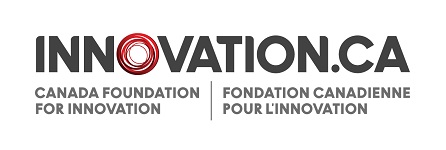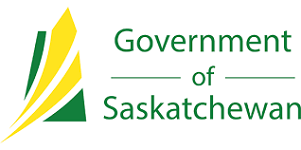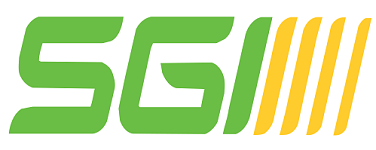About
The Driving Research and Simulation Laboratory (DRSL), directed by Dr. Alexander Crizzle, uses state-of-the-art technology to study the impact of technology, rehabilitation, and training in car and commercial motor vehicle drivers. Additionally, we can test the impact of intersection design (e.g. street lights, left hand turn lanes, crosswalks), changes in highway infrastructure (signs, speeds, lanes), and the implementation of bicycle lanes on crash risk in drivers and pedestrians.
We are open to collaborating with both industry and other researchers. All inquiries regarding the driving simulators can be made to Dr. Alexander Crizzle at alex.crizzle@usask.ca or 306-966-2773.
Car Simulator

With 180 degrees visual angle, plus monitors to simulate a driver's blind spots, the Car Simulator offers an immersive, true to life driving experience. The simulator models realistic handling using a single-person cockpit with the genuine look and feel of sitting in a car, including a motion platform to approximate the movement you would experience in an actual vehicle.
Road conditions can be altered to include weather events such as rain, snow, ice, and wind. Scenarios are customizable to give researchers the absolute control over the simulated experience to replicate hazardous situations and measure a variety of driver responses such as speed, acceleration, lane position, brake response time, brake pressure, and more.
Commercial Motor Vehicle Simulator
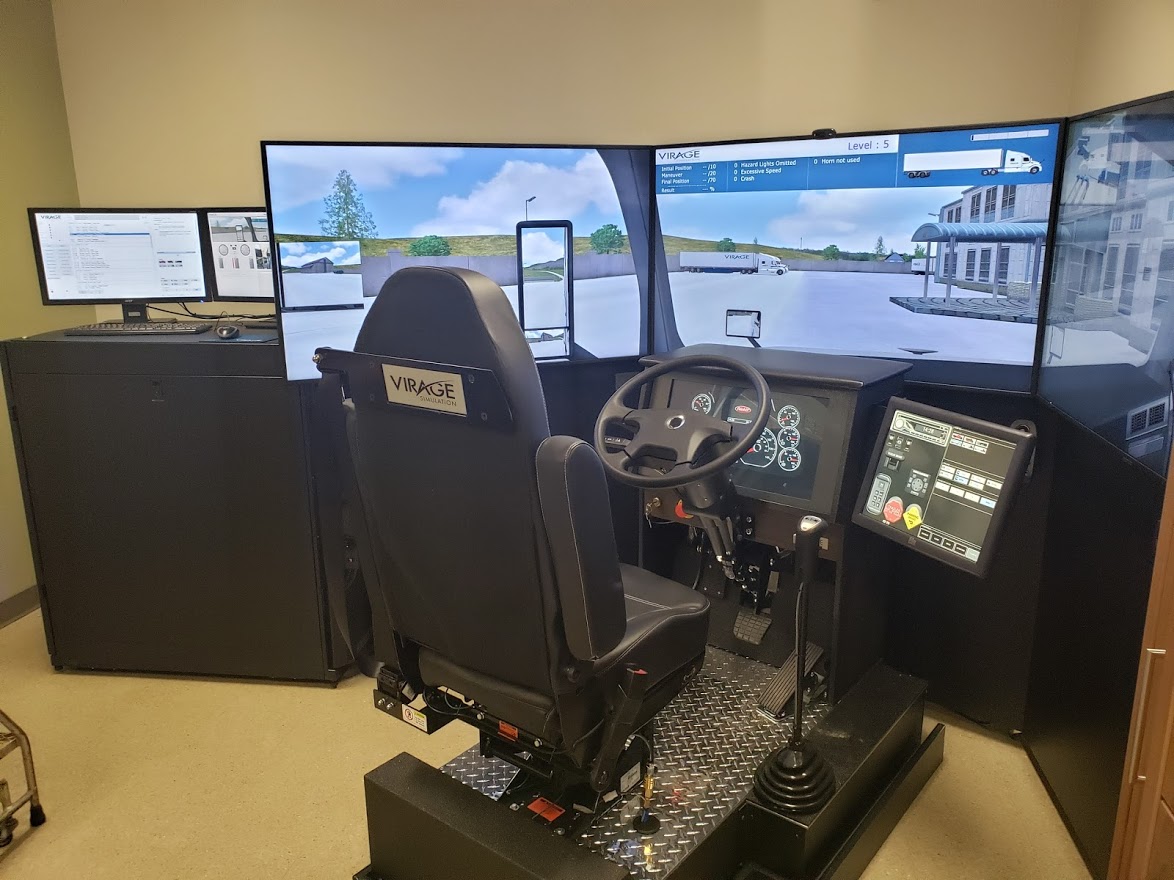
The Commercial Motor Vehicle Simulator shares the same features as the Car Simulator, with a few notable exceptions. The Commercial Motor Vehicle Simulator is capable of simulating a variety of different vehicles: long-haul trucks, city transit buses, coach buses, and school buses. Each vehicle comes with its own suite of training simulations, and a custom control panel to simulate the actual controls in the chosen vehicle. Vehicles can be automatic or manual transmission, with varying levels of gear shifters available.
Other lab tests
In addition to the driving simulators, the lab has equipment to test vision and cognition.
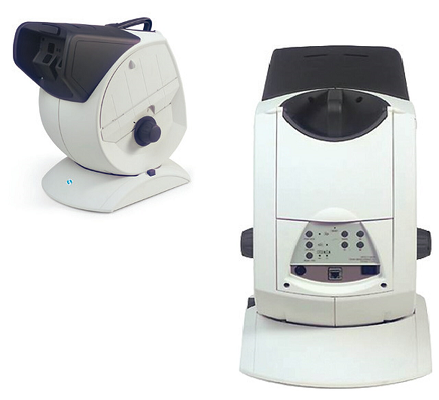
The OPTEC 5000P allows for monocular, binocular, and peripheral vision screening, with near, far, and intermediate distance.
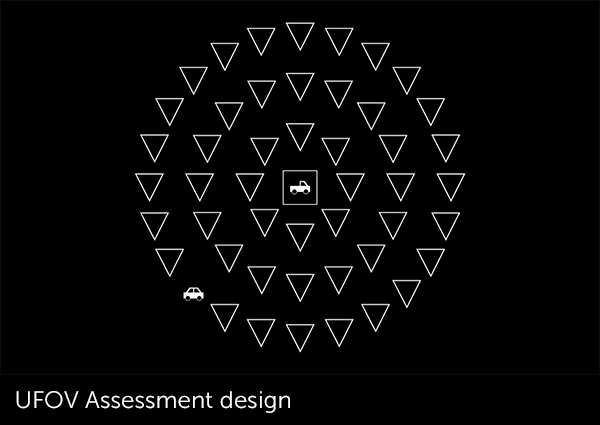
The Useful Field of View (UFOV) tests how much information people can gather at a glance without moving their head or eyes with increasingly difficult tasks.

The Pelli-Robson test measures a person's contrast sensitivity, which is the ability to differentiate between areas of light and dark.
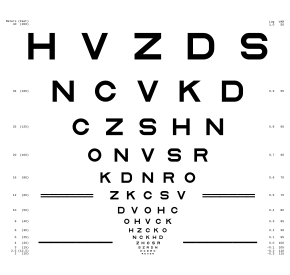
ETDRS measures visual acuity, determining if people can read text at an appropriate distance or if they need their vision corrected by lenses.
Funding
